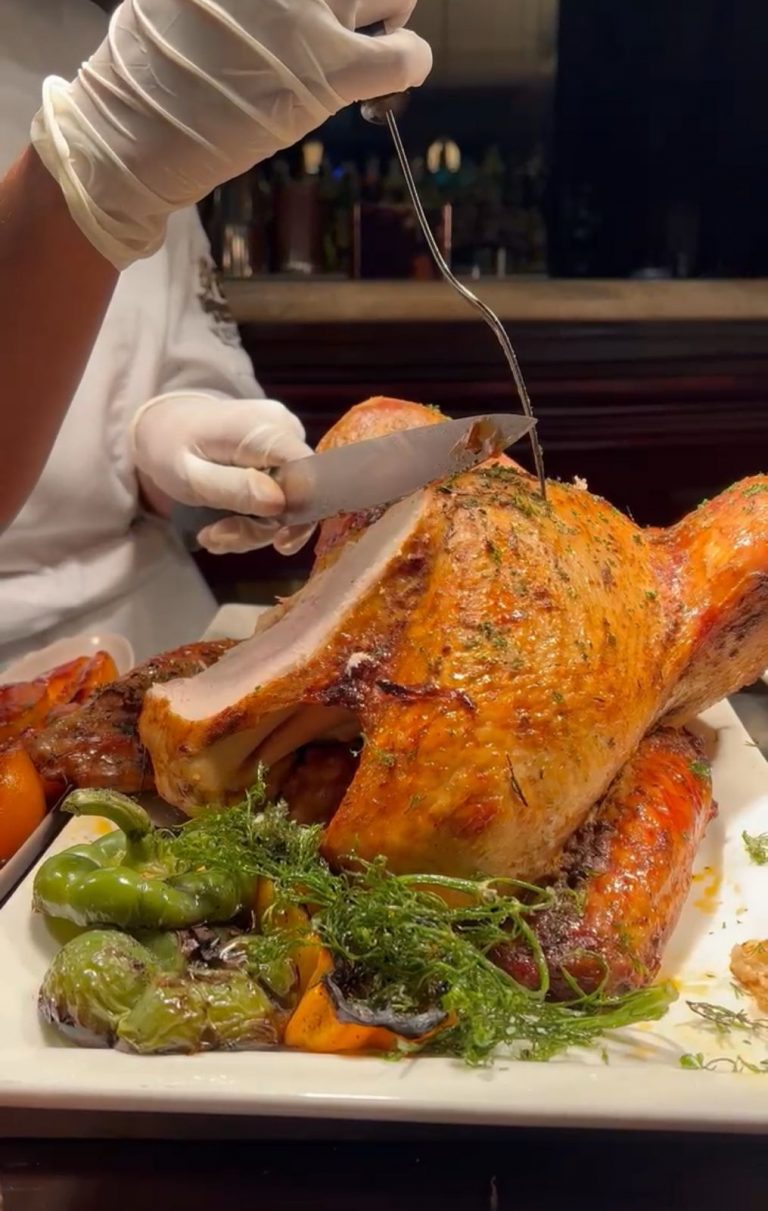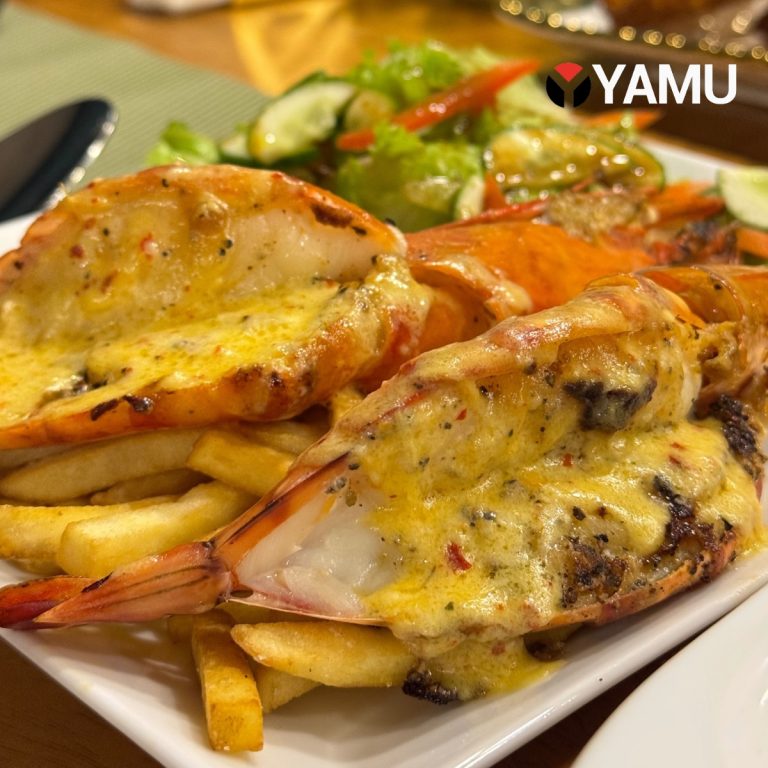This is the video from our lamprais taste-off. For the write-up, check out the full post. This video takes you through our somewhat unscientific tasting process, which was to mix up the lamprais, label them with numbers and eat them. As a bonus, here’s some sidebars on lamprais and Burghers in general.
What Is A Lamprais?
A lamprais is fundamentally a parcel of curries and rice wrapped in a leaf. The dish is strongly associated with the Dutch Burgher community and contains Dutch frikkadels, Sri Lankan vambotu pahi, and Indonesian belacan. A lamprais is effectively an edible history of the Dutch East India company.
The version of the lamprais now considered canon is said to have evolved during the early days of the Ceylon Railways when a number of Burghers were involved constructing and running the island’s tracks. It is said that these early railwaymen’s wives would bundle the day’s curries into small banana wrapped packages to serve their husband’s as a midday meal. Over time the lamprais evolved certain defining traits – it had to contain a generous portion of mixed meat curry, a smidgen of seeni sambol, vambatu pahi, a teaspoon of blachan, and no more than 1 cup of short-grain samba rice cooked in stock.
Overtime this evolved dish has become standardized into its current form. Deviation from the norm still carries the severest penalty in the Burgher world – the general disapproval of burgher aunties and a lifetime ban from the DBU clubhouse’s dart board.
What Is A Burgher?
This is a complex and somewhat controversial question. Fundamentally, a burgher is a Sri Lankan Eurasian (of mixed native and European descent). However, not all people of mixed European and Sri Lankan heritage are Burghers. The term Burgher specifically describes the mixed-race descendents of the Dutch and Portuguese who occupied parts of the island before the British.
Dutch Burghers – the most vocal and influential Burgher community on the island – are the descendents of Dutch colonists and local women who stayed on in the island after the end of Dutch rule. Technically you need a Dutch (or Dutch East India company connected European) ancestor on your paternal line.
Your father’s, father’s, father for example, should be a Dutchman. As it’s the paternal line that matters there need not be a great deal of Dutch blood in a Burgher at all, which is why Burghers aren’t in any sense a homogenous race. They range from blonde and blue eyed to indistinguishable from any other Tamil or Sinhalese. What’s crucial, however, is that Burghers as a whole belong to a particular cultural continuum outside the Sinhala/Tamil mainstream. With more relaxed social codes, a famed fondness for general merriment, a partiality for the English language and penchant for free thinking, they have had a disproportionate influence on the country’s artistic and intellectual life.
For YAMU’s purposes they have also had a significant impact on the island’s cuisine. Burgher matrons introduced a host of European elements – meatballs, love cake, Christmas Cake, Breudher and various short eats to the Sri Lankan scene.







